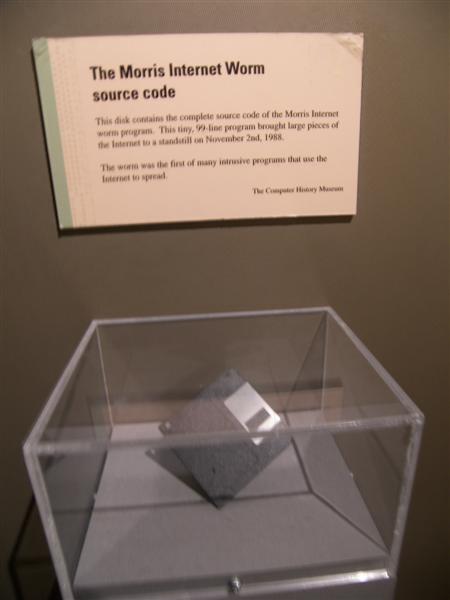 |
On September 9, 1947, Grace Murray Hopper recorded this first computer bug in her log book as she worked on the Harvard Mark II.
The problem was traced to a moth stuck between a relay in the machine. After "debugging" the computer, Hopper taped the moth into the Mark II's log book with the explanation: “First actual case of bug being found.”
A computer worm is a standalone malware computer program that replicates itself in order to spread to other computers. Often, it uses a computer network to spread itself, relying on security failures on the target computer to access it.
It differs from a computer virus, it does not need to attach itself to an existing program. Worms almost always cause at least some harm to the network, even if only by consuming bandwidth, whereas viruses almost always corrupt or modify files on a targeted computer.
On November 2, 1988, Robert Tappan Morris, a Cornell University computer science graduate student, unleashed what became known as the Morris worm, disrupting a large number of computers then on the Internet, guessed at the time to be one-tenth of all those connected.


No comments:
Post a Comment
All comments need to be approved by the admins. Spam will be deleted.